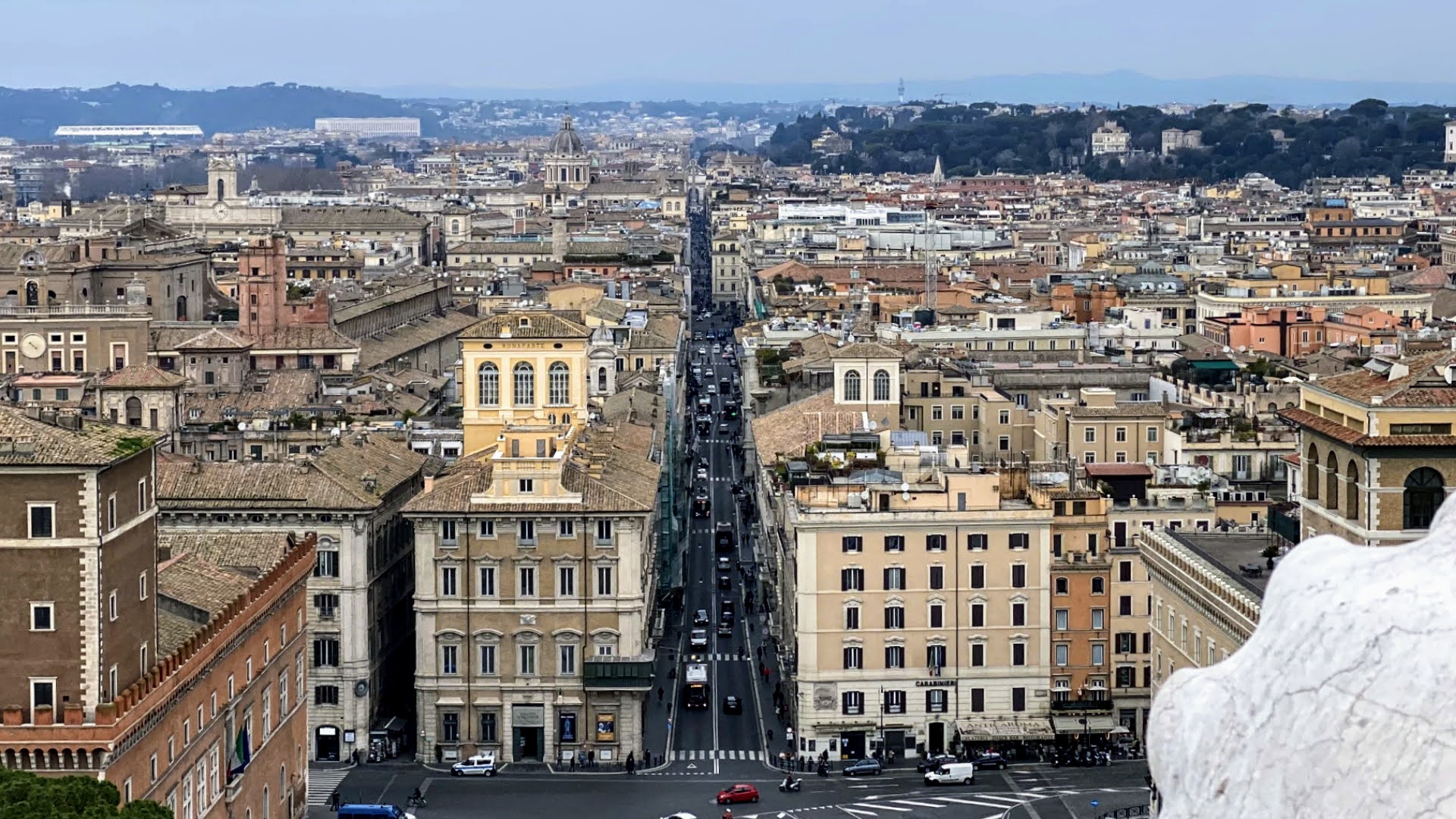
Die Via del Corso, die an beiden Enden von der Piazza Venezia und der Piazza del Popolo (zwei der berühmtesten Plätze Roms) begrenzt wird, ist die eigentliche pulsierende Arterie des kapitolinischen Einkaufs. Auf einer geraden Strecke von etwa anderthalb Kilometern findet man hier alles, was das Herz begehrt: von den großen Namen über die großen Einzelhandelsgeschäfte bis hin zum billigsten Laden. Zusammen mit der Via del Babuino und der Via di Ripetta ist sie Teil des so genannten „Tridente“, einer Reihe von Straßenachsen, die zwischen dem 15. und 17. Jahrhundert im Zuge der großen städtebaulichen Eingriffe entstanden, die durchgeführt wurden, um die Porta del Popolo mit den großen Basiliken zu verbinden: Petersdom, San Giovanni in Laterano und Santa Maria Maggiore.
Via del Corso ist ein unumgänglicher Halt für Shopping-Liebhaber. Von hier aus zweigen die Straßen des Luxus und der Haute Couture ab, Stiltempel der exklusivsten italienischen und internationalen Marken: Via dei Condotti, voll von charmanten Boutiquen der angesagtesten Marken, Via Borgognona, Via della Vite, Via Frattina, Via delle Carrozze, Via Vittoria, die perfekten Straßen, um die Kreativität der Handwerkskunst und die Schönheit der in den prächtigen Ateliers ausgestellten Artikel zu bewundern. Etwa auf halber Strecke befindet sich die historische Galleria Alberto Sordi mit ihrer raffinierten und unverwechselbaren Jugendstilarchitektur.
Die Geschichte der Via del Corso ist sehr alt. Im antiken Rom war sie der städtische Teil der Via Flaminia und wurde Via Lata genannt, als Kaiser Aurelian zwischen 270 und 275 n. Chr. beschloss, eine neue Stadtmauer zu errichten, um die Hauptstadt vor der drohenden Invasion der Germanen zu schützen, die an die Grenzen des Reiches drängten.
In dieser dünn besiedelten Gegend wurden in der Kaiserzeit berühmte Persönlichkeiten und Kaiser wie Augustus und Nero begraben. Im Mittelalter war die Straße wegen der häufigen Überschwemmungen des Tibers fast völlig verwaist. Erst Mitte des 15. Jahrhunderts erlangte sie dank Papst Paul II., dem venezianischen Kardinal Pietro Barbo, neue Würde. Der Kardinal liebte den Prunk und ließ den großen Palast, der die Piazza Venezia schmückt, errichten und verlegte seinen Wohnsitz dorthin. Damals wurde die Via del Corso zur Karnevalshauptstadt der Welt. Am 9. Februar 1466 begannen hier grandiose Feierlichkeiten mit allegorischen Umzügen, die sich an der römischen Tradition und der klassischen Mythologie orientierten. Die antike Straße schien zudem wie geschaffen für die Austragung der spannenden Wettkämpfe, die ihren Namen von Via Lata in Via del Corso änderten, eine klare Anspielung auf die wilden Karnevalsrennen. Der Papst verfügte, dass an jedem der acht nicht-feiertäglichen Tage der Karnevalszeit ein Rennen stattfinden sollte, bei dem Pferde, Esel und Büffel sowie junge Leute, alte Leute und Kinder gegeneinander antraten. So entstand ein groteskes und wildes Spektakel, dem Papst Clemens IX. 1667 ein Ende setzte.
Das am sehnlichsten erwartete Rennen, das praktisch unverändert bis 1882 stattfand, war das der Berberpferde, schneller Vollblüter afrikanischer Herkunft. Die für diesen Anlass ausgewählten und trainierten Pferde wurden zwischen zwei Flügeln mit schreienden Menschenmassen in einem wilden und chaotischen Rennen auf der Geraden zur Piazza Venezia geworfen. Zu den Besitzern der Pferde gehörten natürlich die Namen der prominentesten römischen Aristokratie, wie die Altemps, Gabriellis und Rospigliosi.
Nach der Ermordung von König Umberto I. von Savoyen am 30. Juli 1900 wurde die Straße in Corso Umberto umbenannt, während sie 1944 in Corso del Popolo umbenannt wurde, um dann zwei Jahre später wieder ihren heutigen Namen anzunehmen.
Entlang der Via del Corso, die auf dem Gebiet von nicht weniger als vier Rioni (Campo Marzio, Colonna, Pigna und Trevi) verläuft, befinden sich Adelspaläste, Kirchen und Monumente von großer Bedeutung. Zu den Sehenswürdigkeiten gehören der Palazzo Bonaparte aus dem 17. Jahrhundert, die ehemalige Residenz von Letizia Ramolino, der Mutter von Napoleon Bonaparte, in der heute renommierte Kunstausstellungen stattfinden, der Palazzo Doria-Pamphilj, in dem sich die gleichnamige außergewöhnliche Galleria befindet, die Kirche San Marcello al Corso, die erstaunliche Galleria Sciarra, der Palazzo Chigi aus dem 16. Jahrhundert, die Basilika Santi Ambrogio e Carlo al Corso, deren Kuppel von Pietro da Cortona entworfen wurde, das Haus-Museum des deutschen Dichters Johann Wolfgang von Goethe (1749-1832).
Piazza Venezia
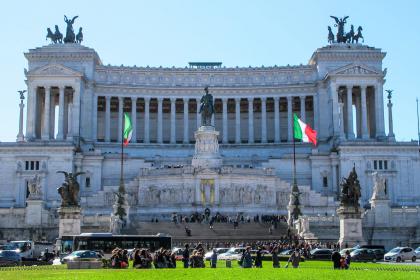
 Condividi
Condividi
Piazza del Popolo
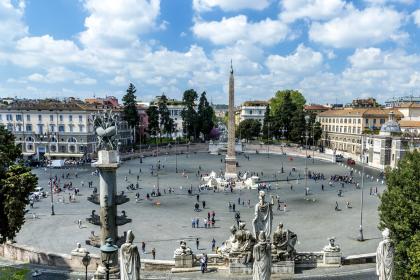
 Condividi
Condividi
Galleria Alberto Sordi (Früher Galleria Colonna)
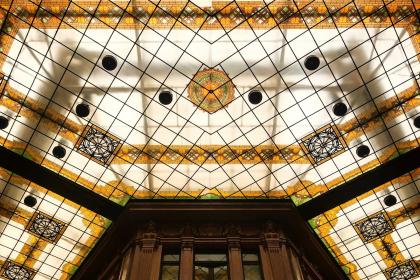
 Condividi
Condividi
Rione IV - Campo Marzio
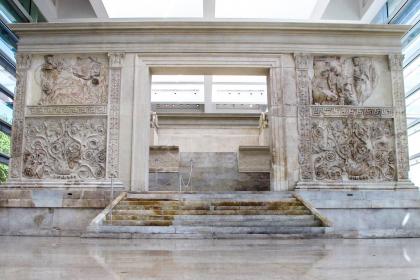
Rione III - Colonna
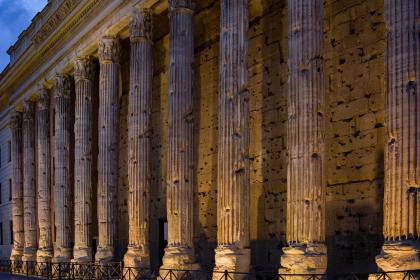
Rione II - Trevi
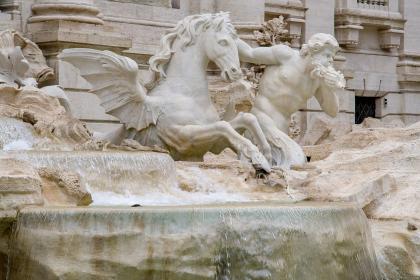
Rione IX - Pigna

Palazzo Bonaparte
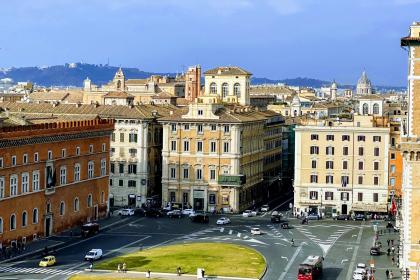
 Condividi
Condividi
Doria Pamphilj Galerie
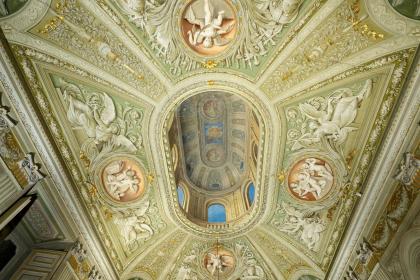
 Condividi
Condividi
Kirche San Marcello al Corso
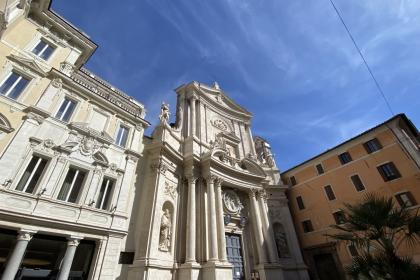
 Condividi
Condividi
Galleria Sciarra
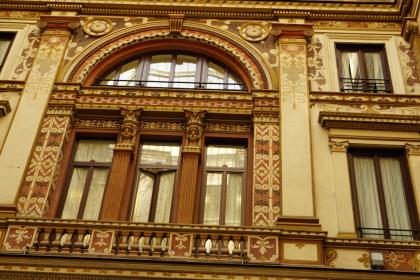
 Condividi
Condividi
Palazzo Chigi
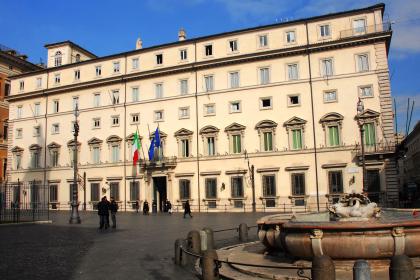
 Condividi
Condividi
Casa di Goethe Museum
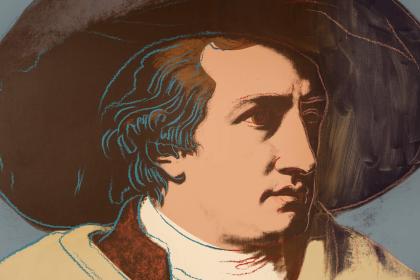
 Condividi
Condividi
Informationen
 Condividi
Condividi
Location
Um mehr über alle barrierefreien Dienste zu erfahren, besuchen Sie den Abschnitt barrierefreies Rom.











































